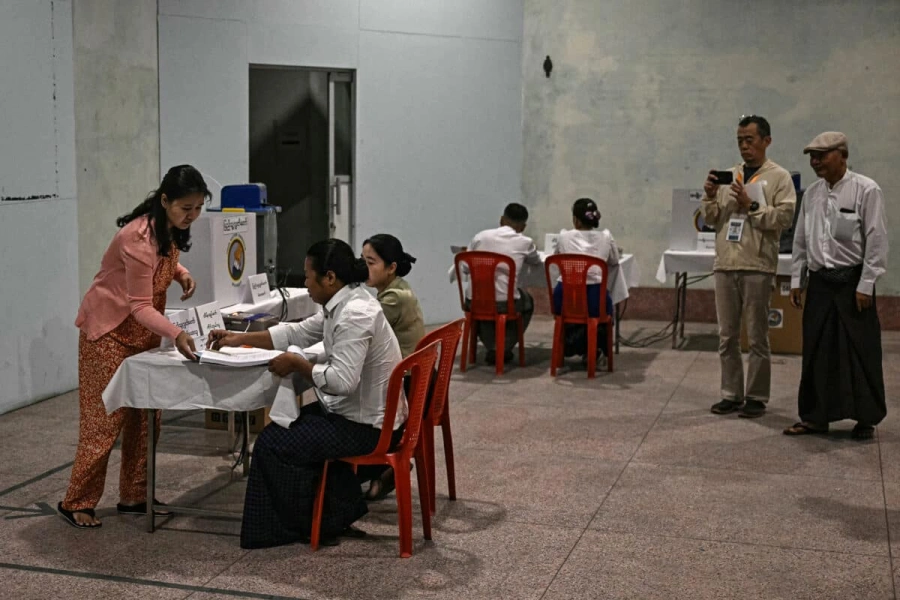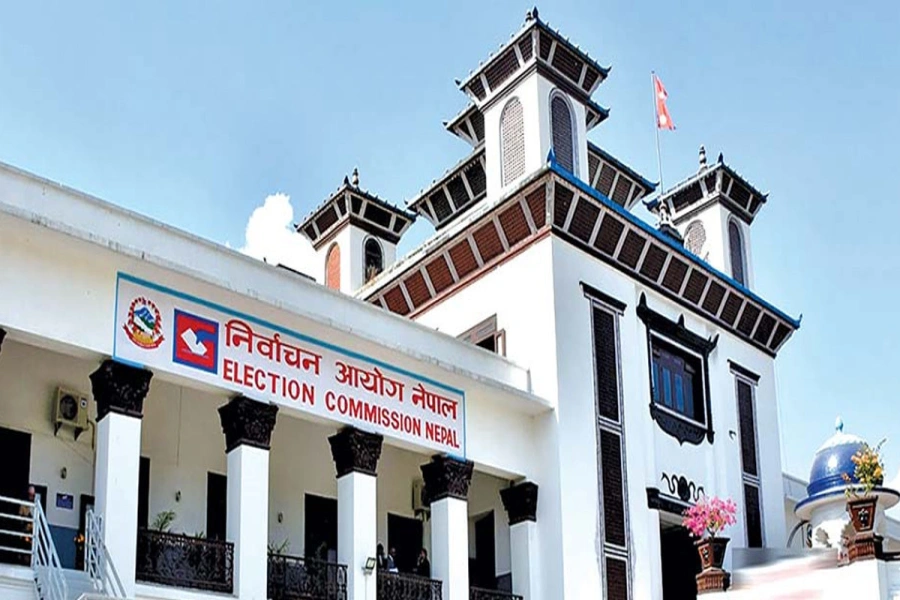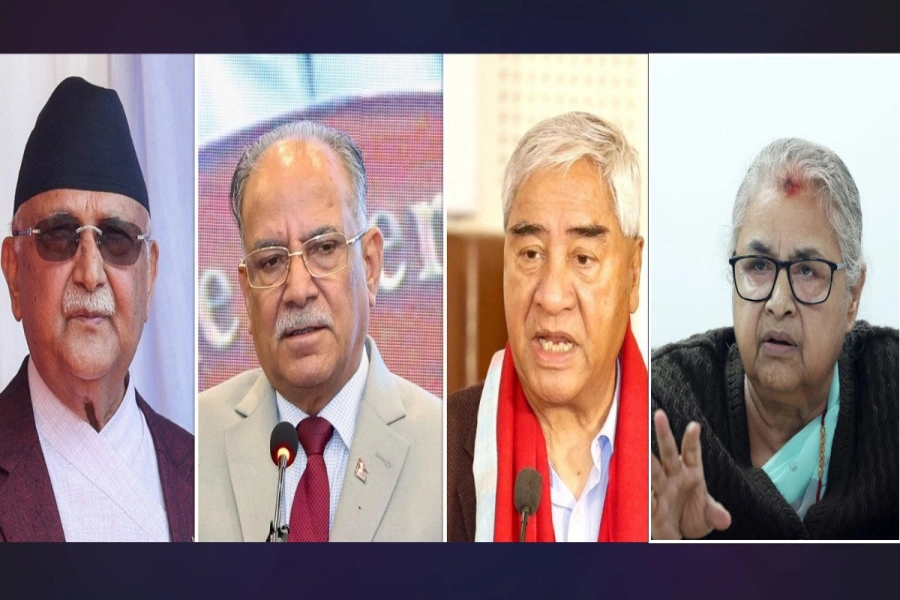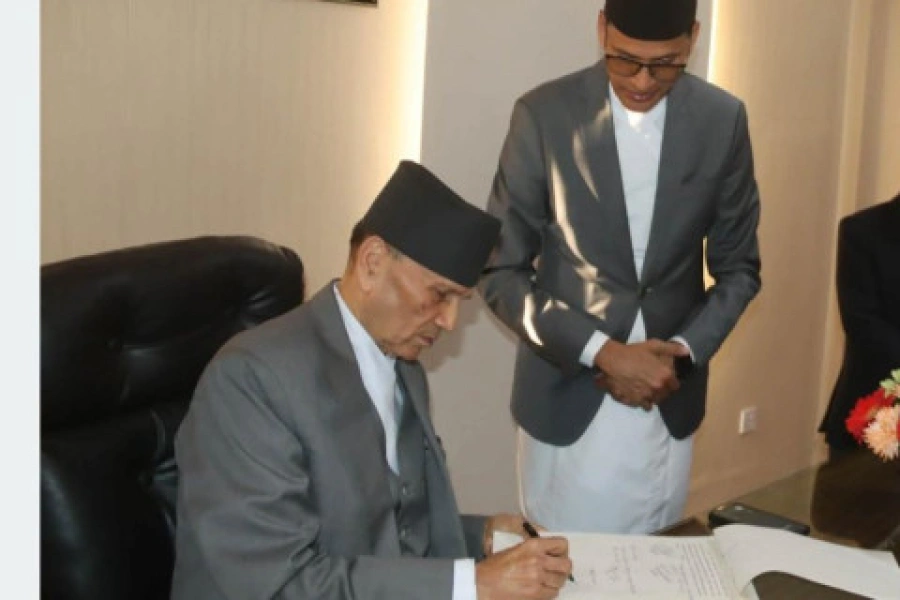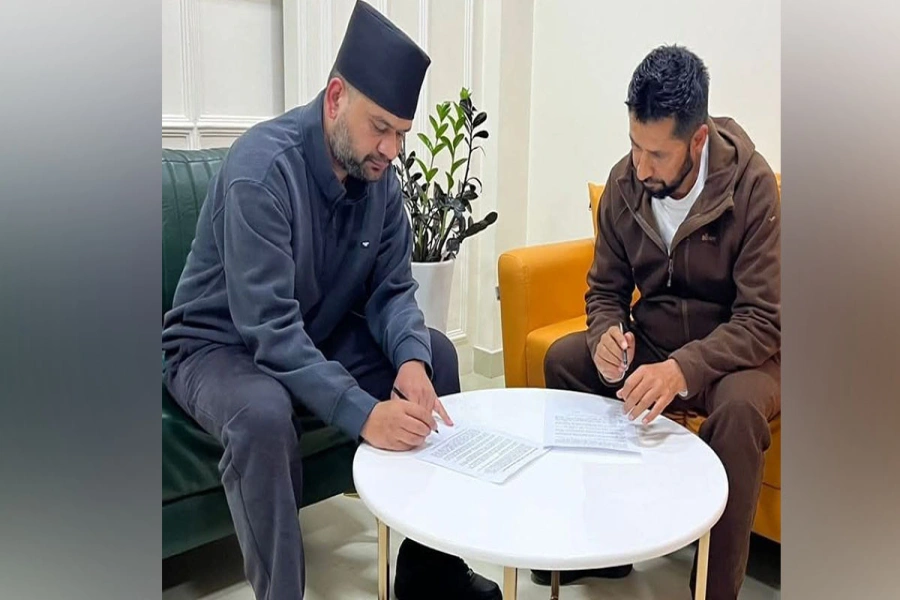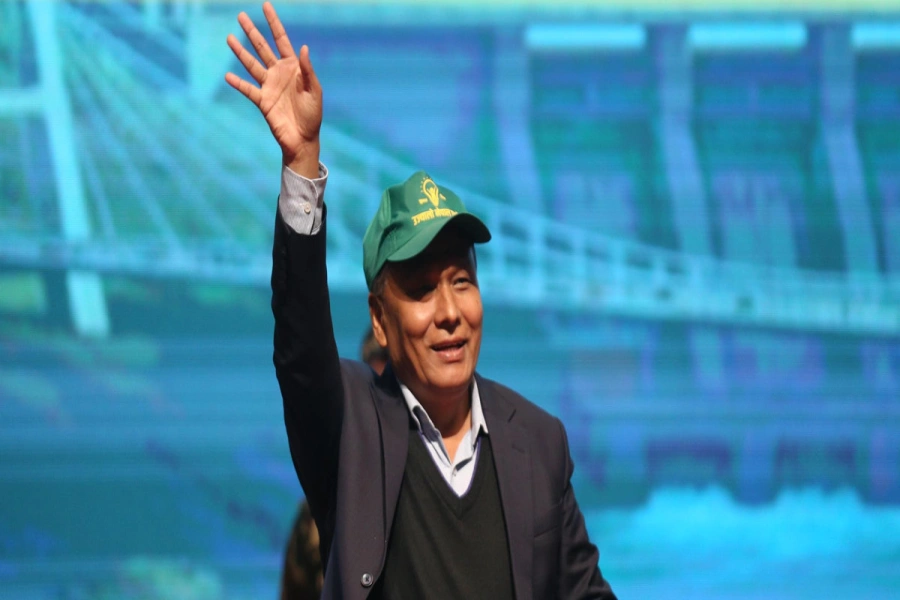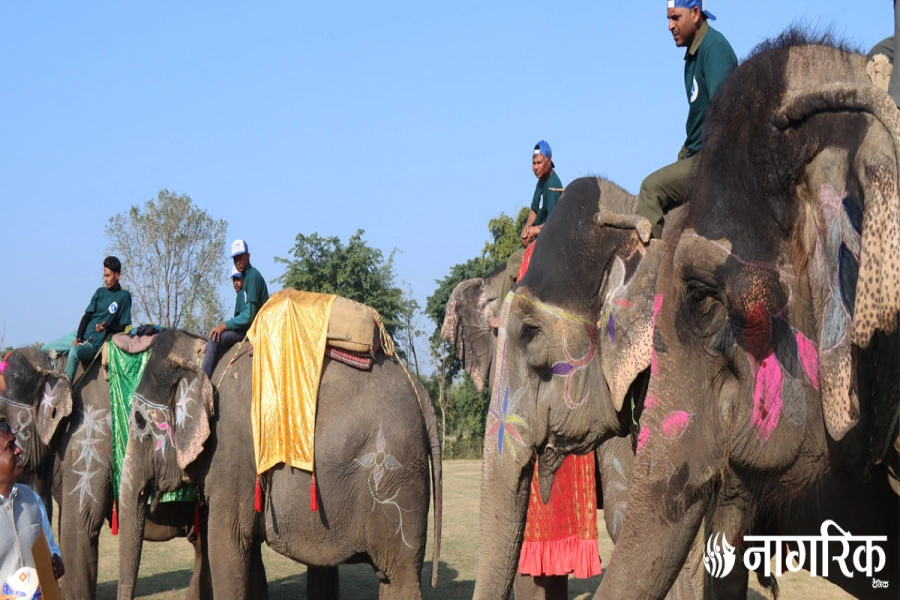KATHMANDU: Recently, theaters in Kathmandu have started adapting Western plays because of which, they tend to overlook the significance of localized plays. Do theaters here stage Western plays because Nepali society lacks stories for theatrical presentations? As a response to these questions raised by Nepali drama enthusiasts; Shilpee Theatre staged the Nepali play Ani Deurali Runcha that started on May 29 and goes on till June 19. The 1971 drama transports the audience to 1947 Nepal, and showcases why, in 2017, we are heroes in our own individual ways for surviving against caste-based , occupational and economical autocracies. Ani Deurali Runcha is an exceptionally popular drama by Man Bahadur Mukhiya and tells a story of love, rejection, expectation and life struggles brought about by caste and class differences.
The play revolves around two economic classes, according to Chandra Prasad Pandey who is cast as a central figure who hails from a low-income household and who is a father to two daughters. His character is exploited by the upper-class and is forced to give up all of his property to debt. He fails both as a father and a resident to the village populated by upper-class men who beguile him into unethical endeavors. The tragic turns of events that follow, for this character, helps draw a parallel between 1947 Nepal and now. As Pandey mentions, the characters have changed, but the situation certainly remains the same: people these days are losing homes to bank loans and dreams to poverty.
Furthering Pandey’s claims, Dibin Karki, who plays a village porter, says, “The play is all about the discriminative practices of Nepali society that occurs between the have and have-nots.” If you look at rural villages, exploitative practices still exist,” he says. “My great-grandfather was from a Mukhiya family in Baglung and during my childhood, I observed first hand extremism against people belonging to the lower economic class. The characters are different but the tendency remains the same.”
Oppenheimer, the father of the atomic bomb

As Suman Kuikel, who plays Kanchi—a stereotypical deserted single female parent—mentioned, women’s role in 1947 was severely limited to household chores. A representative of the younger generation who is not used to walking miles to collect grasses and fetch water, Kuikel said, “Playing Kanchi was difficult on a personal level because I come from a different background. My husband and I care for our children together. Portraying a character that experienced discrimination because of her marital status was challenging but enlightening at the same time.”
Loonibha Tuladhar, who plays two women of different age-groups, talked about how there were women within the society back then who put their own gender below the other. During the first half of the show, she plays a flamboyant young girl that loves men, but later plays a 70-year-old widow, who imposes illogical ethical standards against her daughter-in-law such as tolerating her husband’s frugal violence and gambling habits. Regarding her transition, she said, “My roles effectively depict different form of injustice imposed on women by women themselves.” Unfortunately, the tendency for women to be relatively unsupportive of other women’s misery still exists in our day-to-day lives.
Furthermore, the play also points out the heroic persistence of traditional singers: the Gaine (the Gandarva). KC Raja, a regional-level Sarangi instructor and Gaine of the play point out that the singers—although lauded as messengers and keepers of culture via the means of their songs—were considered low caste and discriminated against. “I imagine if these people had let go of their passion in music, these instruments would not have carried through to 2017. I would have never been able to learn Sarangi, which is why playing the character was spiritually important for me.”
What made the drama unique to the audience, including Pushpa Gautam and Puranajan Acharya, was the localized tale of an ordinary Nepali. Fates of the individual characters within the play were apparent from the beginning, thus leaving no space for surprises or plot-twists. What the drama did succeed at was world-building, with the use of colloquial phrases, contemporary dance-moves, and a downpour on stage helped transpose the audience into the world of the play.
The drama took a lot of time to take shape, according to the director Jiwan Baral. “The challenge in front of us was to infuse the drama with its former theatrical legacy, in terms of presentation and relevance to the general public.” Ani Deurali Runcha was an extremely popular drama in 2028 BS and was equally popular as Muna Madan, Simma, Raatko Pratham Prahar and Malati Mangale. In regards to the relevance to the general public, he says the drama was intended for the younger generation to ‘go back to nature’. While he acknowledges that there are elements in the drama that might feel alien to an urbanite, the drama would help them understand their past as well as draw a parallel between the Nepal during the time of the Rana Regime and today.



